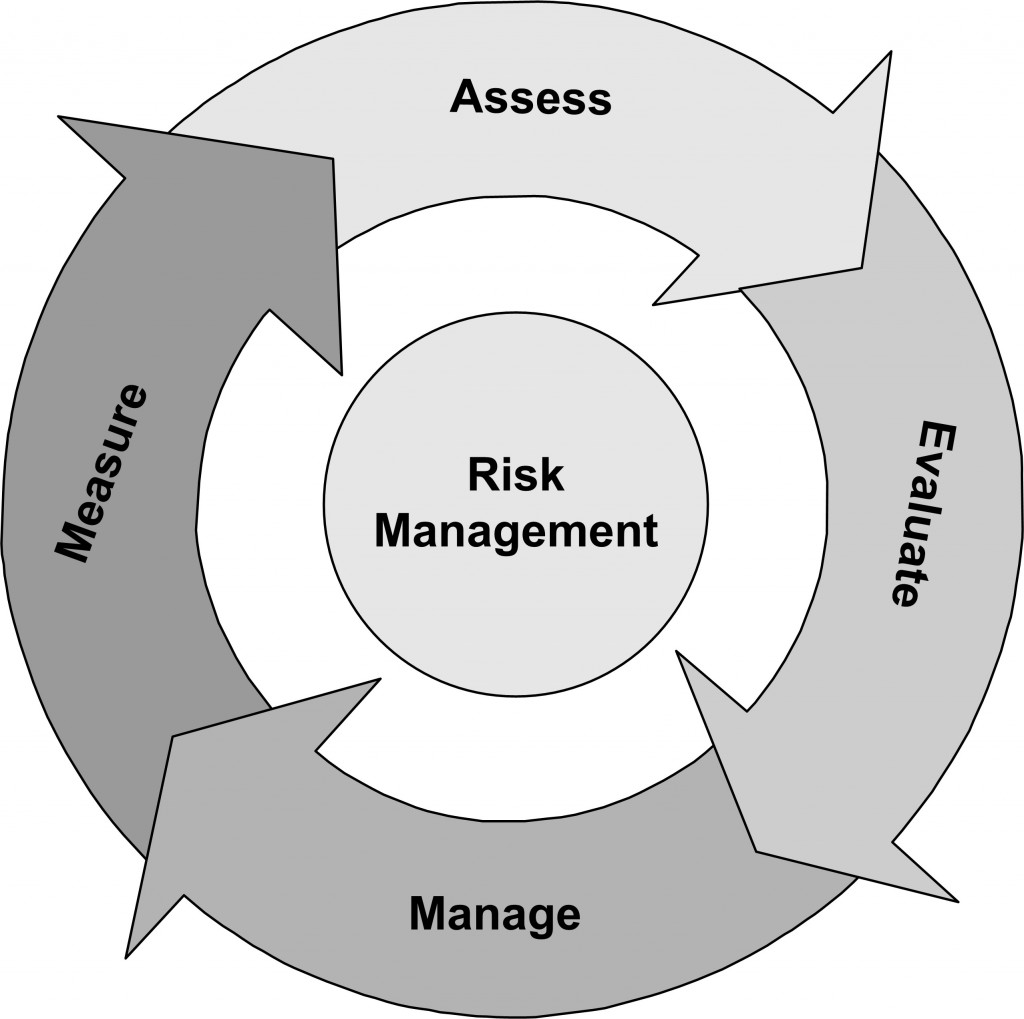The willingness to accept risk when there is a window of opportunity lies at the heart of sound decision making. A general rule of thumb approach to risk management would be the greater the reward, the greater the risk one is willing to take in order to obtain it. However, the valuation of risk is very subjective and an individual can base their decision on many factors that other players are not aware of. As Warren Buffett once famously said “Risk comes from not knowing what you’re doing”.
The function of a credit analyst, by definition, is to deal with risk. I spent three years at ExxonMobil Corporation working as an in house analyst of a large variety of customers in a very challenging economic environment. Our CEO was quoted as saying “we are not in the oil and gas business, but in the risk mitigation business”. With such large investments, potential environmental impacts, and volatility of markets, it really is a matter of making sound decisions based on available tools and information.
At my authority level, I was able to endorse credit lines which allowed for exposure of up to two million dollars. If I made a mistake, it could result in a visible dent in our consolidated annual profit/loss sheet. That being said, trading with risky companies can mean juicy rewards. I had to evaluate these trade-offs daily.
A particularly risky decision I once took was to continue trading with subsidiaries of an Indonesian publicly listed chemical tanker company named *****. The company had overstretched prior to the downturn by acquiring US giant *****, and the heavy losses they were incurring put them at danger of not being able to service their debt. Clearly there was an elevated risk of impending default on obligations, including a fairly significant exposure to our company for which I was responsible. There was pressure to cut our line which would likely end our business with the customer.
My approach was to first explore ways of mitigating our risk rather than cutting potential earnings from selling product for another few months. Standard procedures did not apply in this situation so I thought outside of the box. I knew that since the Valdez tragedy in 1989, our company preferred chartering tanker vessels than owning them and since ***** was the world’s fourth largest tanker owner in the world at the time, we may have some other independent interests in the company. By liaising with an affiliate of ours, not only were we able to apply our chartering power as leverage against *****, but also formed a strategic cooperation between the Treasury and Chartering branches – a partnership utilized countless times since.
A less experienced analyst would not have explored these paths and would have technically cost several hundreds of thousands of dollars of earnings to our company. My actions taught me that creative solutions are essential in order to take the risk needed to make the right decision.

